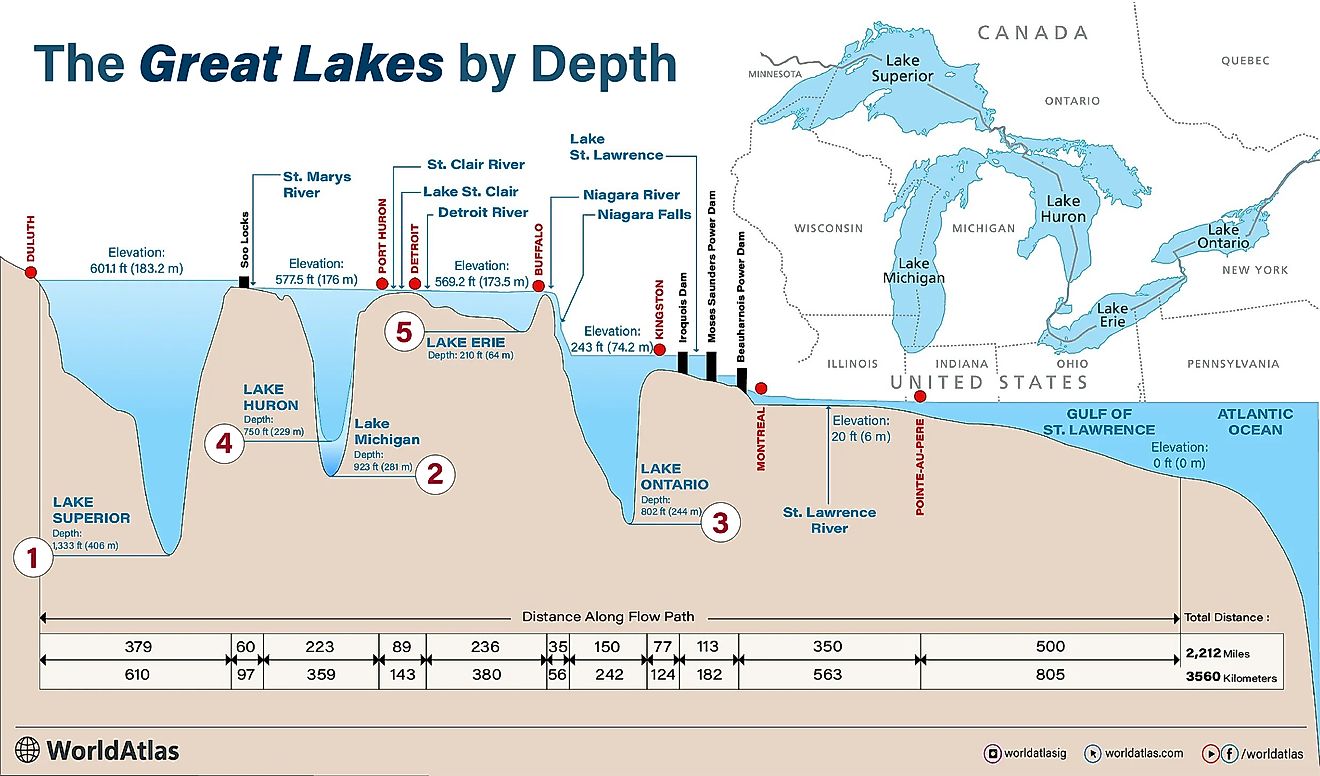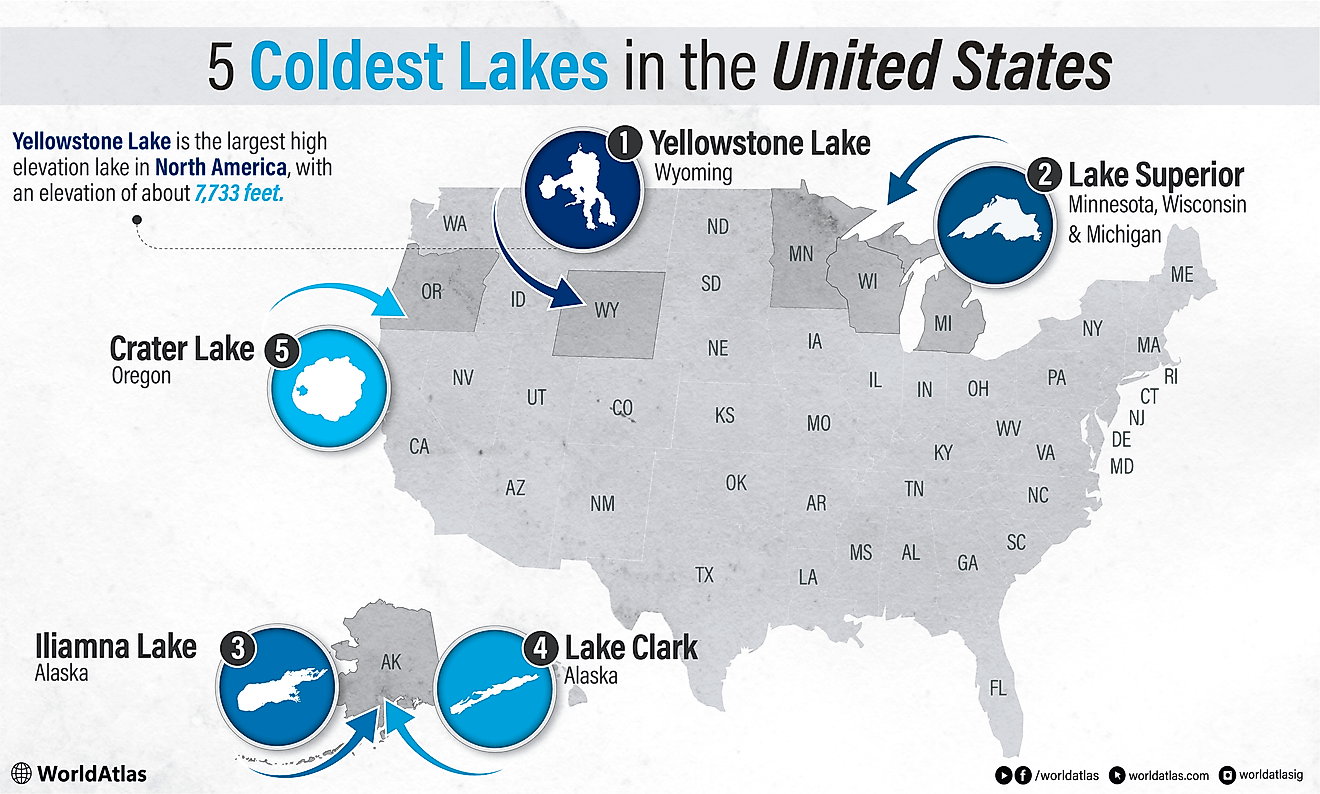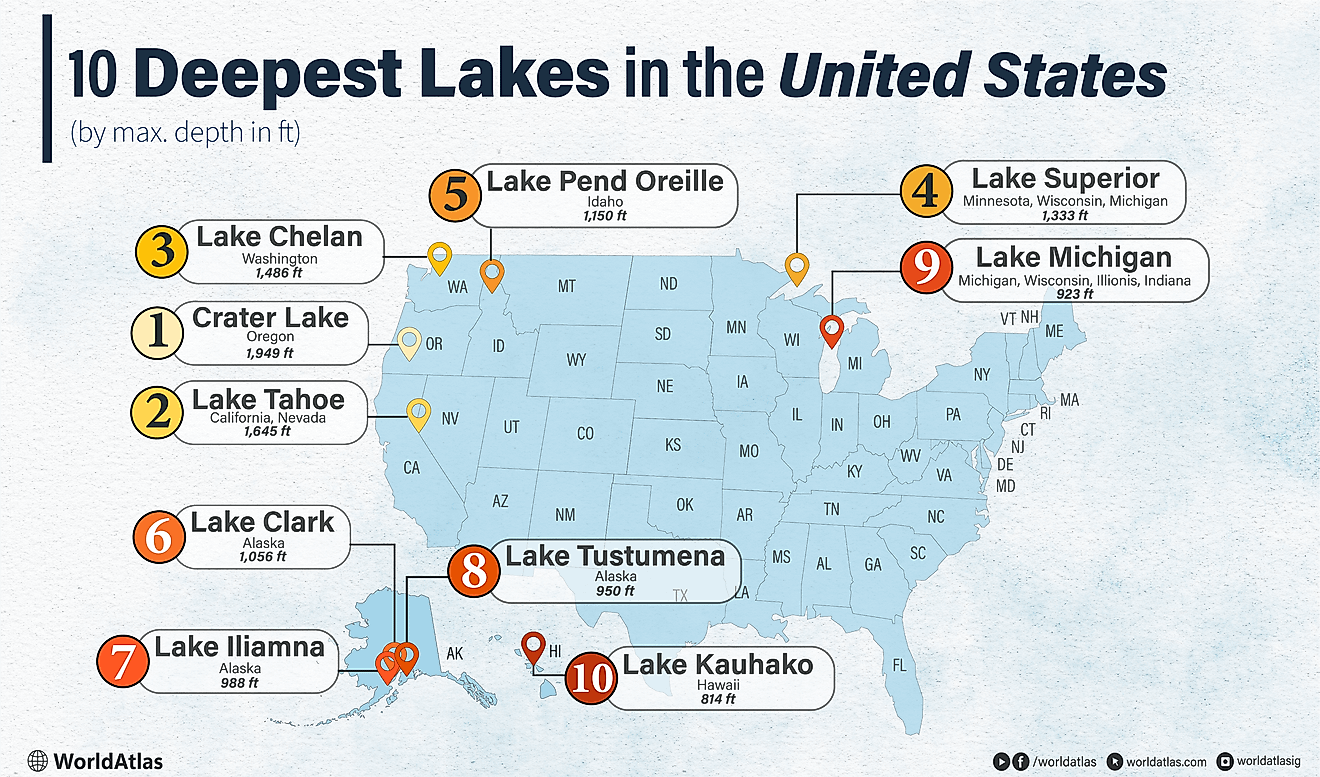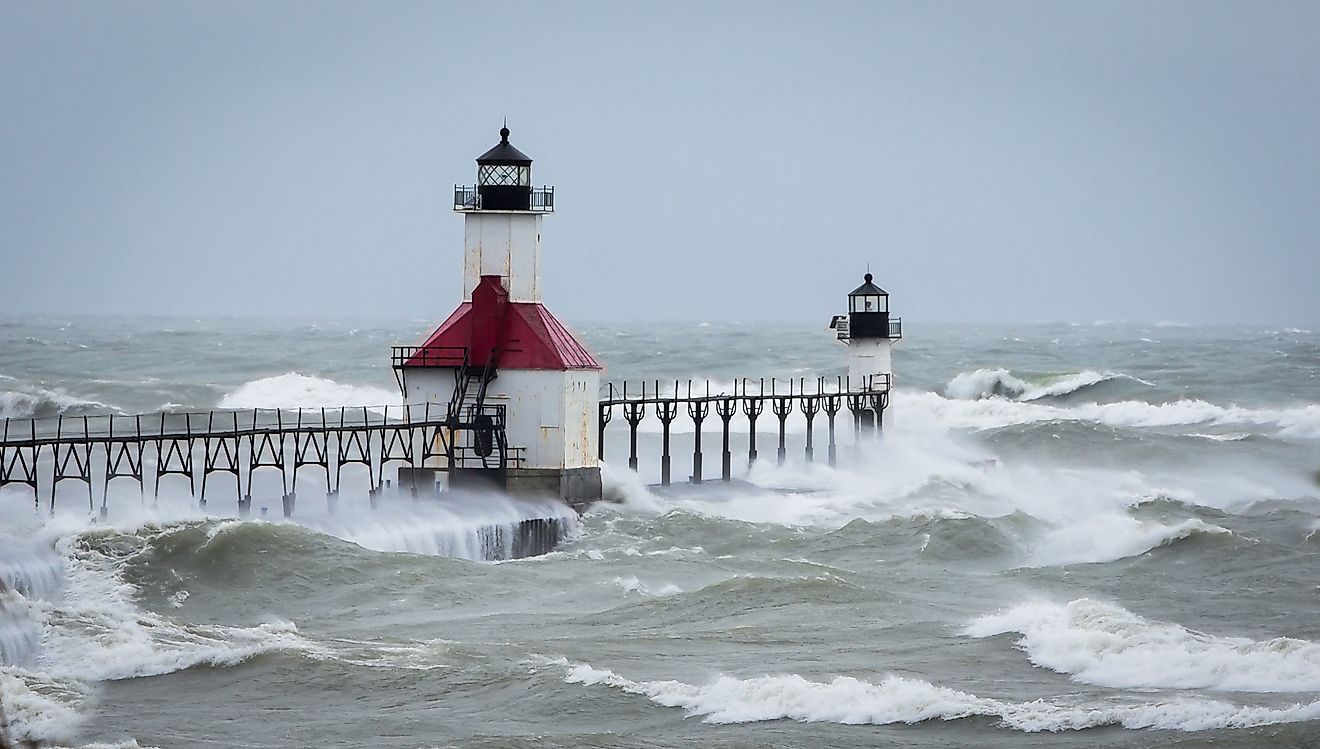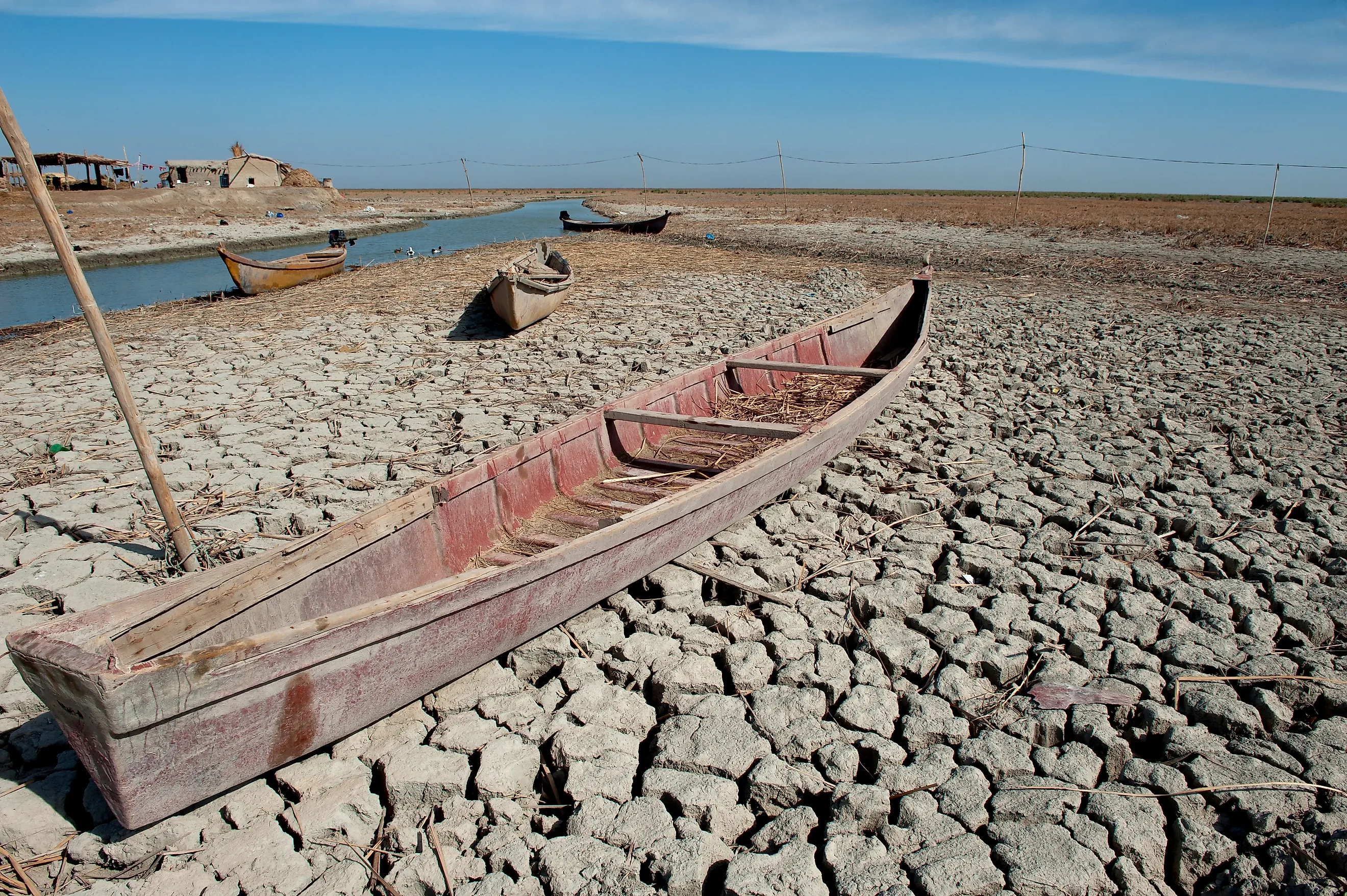
Can a Lake Turn Into a Desert?
Land surrounding drying lakes can undergo desertification, becoming arid and less biologically productive. According to Britannica, desertification is "the process by which human or natural causes reduce the biological productivity of drylands." The phenomenon is more prominent in some of the world's poorest countries, with Africa topping the list. Several factors contribute to desertification, including climate change, and are grouped into four broad categories: Irrigated croplands, rain-fed croplands, grazing lands, and dry woodlands.
Desertification significantly impacts the living conditions of humans and animals, primarily due to prolonged droughts and farming activities, especially in arid regions like the Sahara, particularly the Sahel. Scientists study the phenomenon and its far-reaching impacts on humanity and ecosystems, using these studies to create predictive models that forecast when and where desertification will happen.
Conditions That Cause Desertification
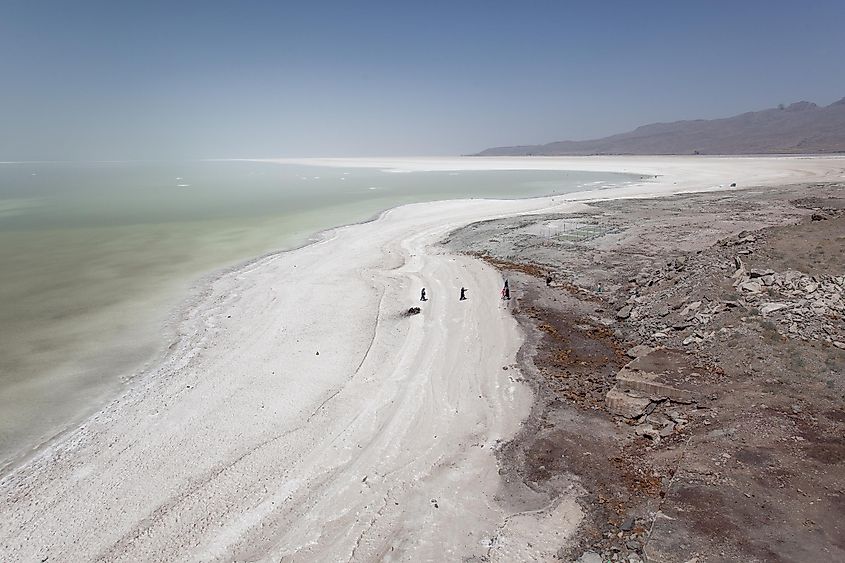
Desertification affects more than 30 million square kilometers globally and is caused by several factors. Contributing factors include both natural and manmade conditions such as drought, over-grazing, and fuelwood collection. Climatic changes diminish the biological productivity of ecosystems such as wetlands. Human activities lead to salt accumulation in irrigated croplands and soil compactification.
The damage from lakes drying out can lead to deforestation, reduced water supplies, and increased air pollution. Rising temperatures and erratic weather patterns amplify desertification, while land degradation accelerates climate change in a vicious cycle that scientists are studying to understand and combat. Reversing desertification reduces carbon emissions, and restoring degraded lands puts carbon dioxide back into the soil, helping to mitigate the ravages of climate change.
Notable Examples of Desertification
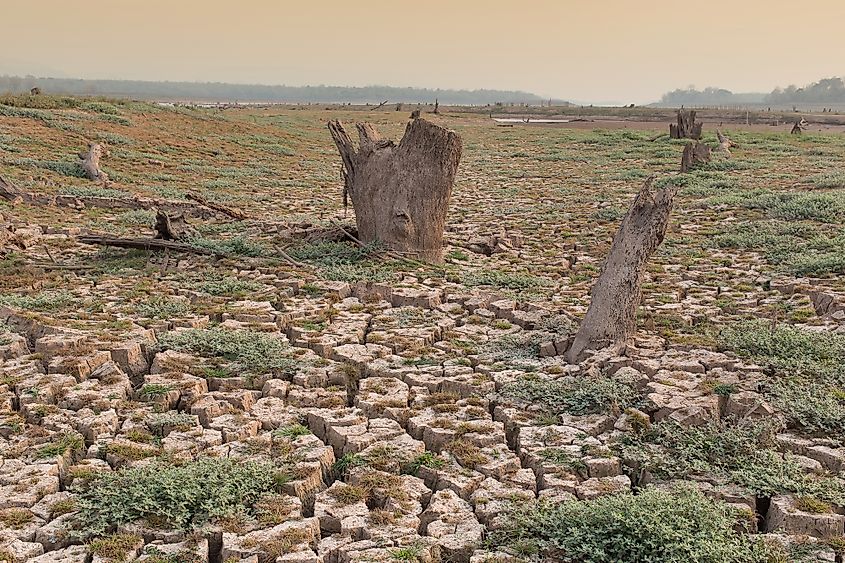
Besides the Sahara, the Aral Sea in Central Asia is a prime example of desertification, although elements of the process are more accurately labeled desiccation (lake drying) and land degradation. The Soviet Union started a significant water diversion project in the 1960s on the plains of Kazakhstan, Uzbekistan, and Turkmenistan. The area's two major rivers were fed from melted snow and precipitation, transforming the arid region into a fertile ground for crops. Still, the surrounding area has experienced desertification as a result, as in the Aralkum Desert formation.
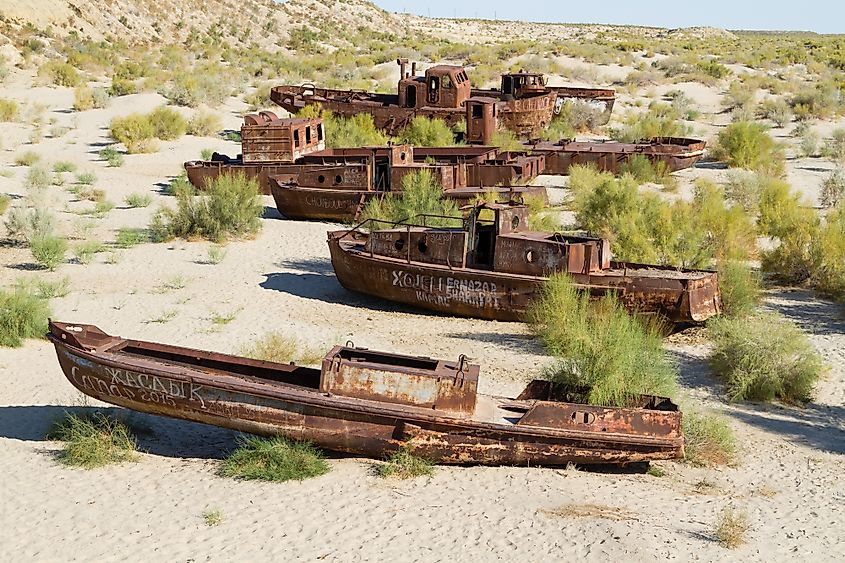
The downside to this fertilization was the devastation of the Aral Sea, splitting it into two distinctive lobes. As the sea dried up, regional ecosystems and communities that depended on the waterway were devastated. The remaining salty water was polluted by pesticides, worsening the already tenuous situation. The salt that blew off the sea devastated local crops, underscoring the cyclical nature of many ecological disasters. Kazakhstan eventually built a dam to reduce the damage in 2005, and the North Aral Sea saw a significant increase in water the following year.
The US Dust Bowl era in the 1930s is another notable example of desertification. The event was triggered by poor land management and severe droughts, leading to almost complete devastation in the Midwest. The Sahara was a fertile grassland only 6,000 years ago and is now one of the largest deserts in the world. Scientists believe the initial cause was due to Earth's oscillations, but desertification is expanding the arid landscape.
Advances in Desertification Research
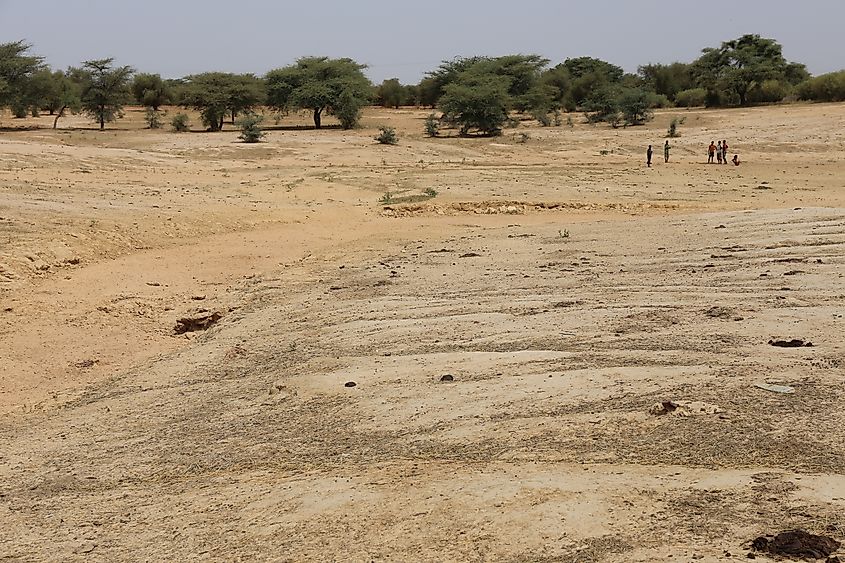
Thanks in large part to global research, scientists are making strides in reducing the desertification phenomenon. Paired with climate change research, this collaborative effort has led to improvements in natural resources management and adaptations to climatic and other changes in different systems. These issues are often precursors to other damaging ecological problems, and desertification is both a result and driver of broader dryland degradation. Since the problems are cyclical, scientists frequently research issues and solutions in a multi-faceted approach.
The first comprehensive assessment of desertification took place between 1987 and 1990. The evaluation concluded that 20% of the planet's drylands were suffering from human-induced soil degradation. More recent studies estimate that around 10% to 20% of the planet’s drylands are affected by human-induced degradation, though improved data collection and evolving definitions account for some of the differences compared to earlier assessments. These numbers are likely to improve because more money is being poured into the research, and as research evolves, the solutions will, too.
International Efforts to Combat Desertification
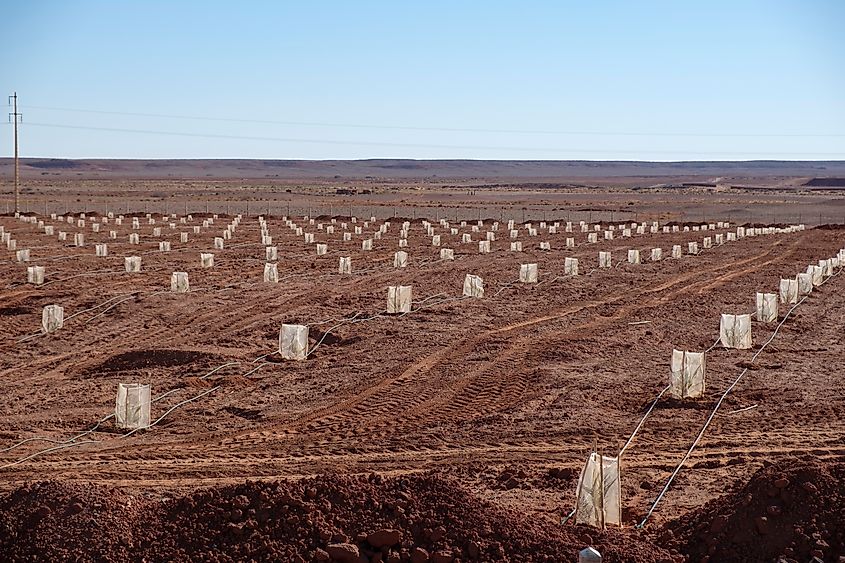
The UN has been researching desertification since 1994, and according to their studies, more than 24 billion tons of fertile soil disappear annually. The concern is that at the current rate of desertification, land mass equivalent to the size of India will be lost by 2050, according to the Iberdrola Group. Studies have concluded that there are numerous ways to avoid desertification and encourage more people to get involved in efforts to prevent it.
How to Avoid Desertification
The UN has developed Sustainable Development Goals, including SDG 15, which aims to protect, restore, and promote the sustainable use of terrestrial ecosystems. The first thing people can do on the local level is the sustainable management of natural resources, including the conservation of fertile soils and precious water resources. Promoting coordinated land-use planning and preserving vegetation cover protects soil from wind and water erosion, promoting healthy growth and reducing the effects of desertification.
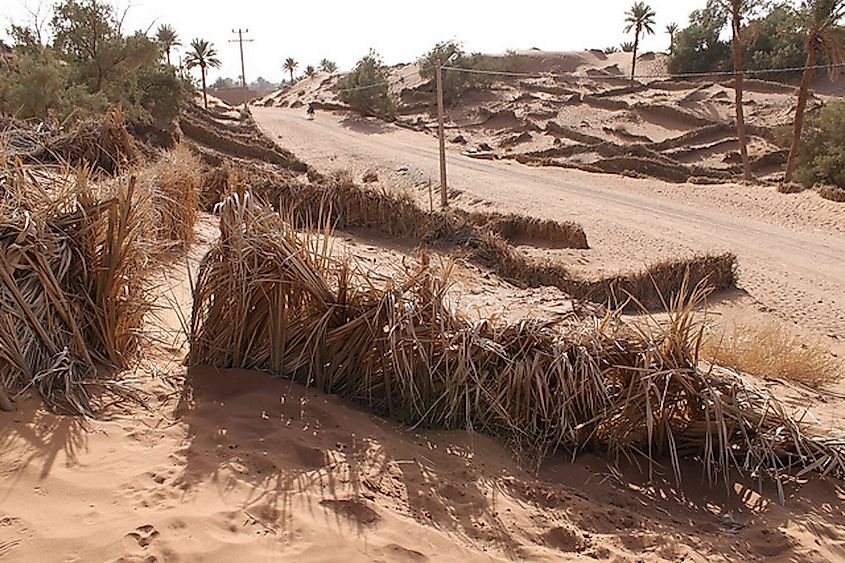
Climate change education is critical for reducing and preventing desertification. Educational initiatives go hand in hand with coordinated efforts at reforestation to generate biodiversity. Local and global efforts are more coordinated than ever because of modern technology; raising awareness of these issues is just the tip of the iceberg in combating the effects of desertification.
Scientists study the causes and effects of desertification to predict better where it will occur in the future, aiming to reduce or stop its devastating effects. These areas are more pronounced in arid lands like the African Sahara. Reducing or eliminating desertification leads to better air quality and soil conditions, which in turn help combat climate change. Although the two are connected in a cycle, this cycle can be broken with better prediction models.

